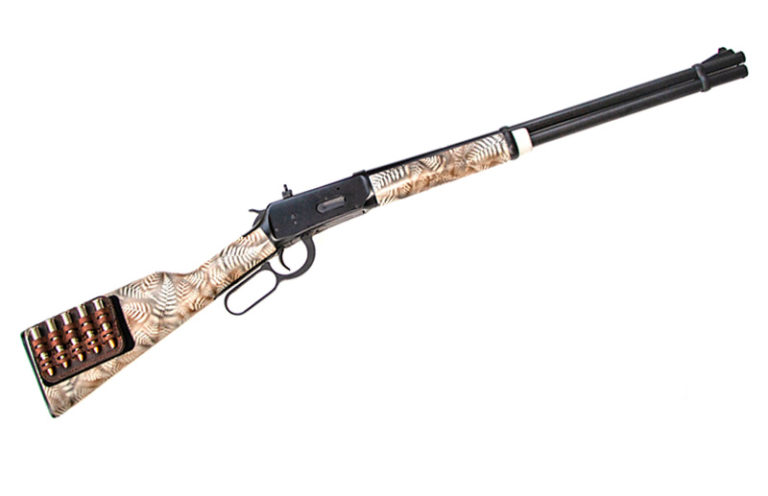
Is it sacrilege to install aftermarket upgrades on a classic gun? Or do the potential benefits make it worth it?
The definition of a classic firearm isn’t written in stone. It could be considered any firearm once very popular and beloved, but no longer manufactured. A perfect example would be the Model 12 Winchester shotgun. However, a classic could also be a firearm that has been in manufacture for a long time and is even still being manufactured.
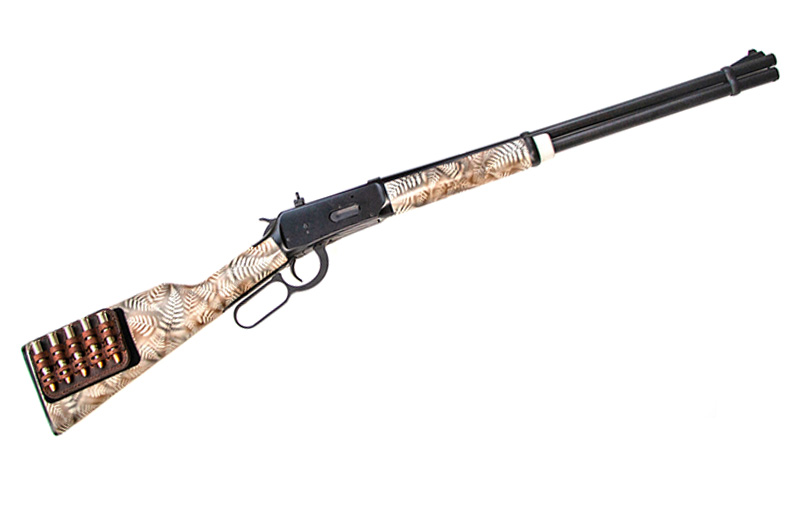
An example would be the Colt Single Action Army. I don’t think anyone would disagree that either of these are classics. Another firearm I believe is for sure a classic is the Winchester 1894 chambered in .30-30 Winchester.
The Winchester 94 was an immediate success, especially those chambered in .30-30 Winchester. In 1894, a 160-grain .30-caliber bullet at almost 2,000 fps was big news. It extended the lever gun’s effective range, allowing for lethal hits with a dead-on holdout beyond 150 yards. Not only did the 94 become a favorite with deer hunters, but it also became a staple on farms and working ranches from coast to coast. It was the first deer rifle for many and has accounted for an untold number of deer over the last 127 years, whether in neophyte or veteran hands.
Up until 2006, Winchester Model 1894 (94) rifles were made in New Haven, Connecticut. Between then and 2010, none were made until Winchester’s celebrated the 200th anniversary of Oliver Winchester’s birthday. Part of that celebration included a limited run of 1,000 Winchester 94s that were made in Japan by Miroku.
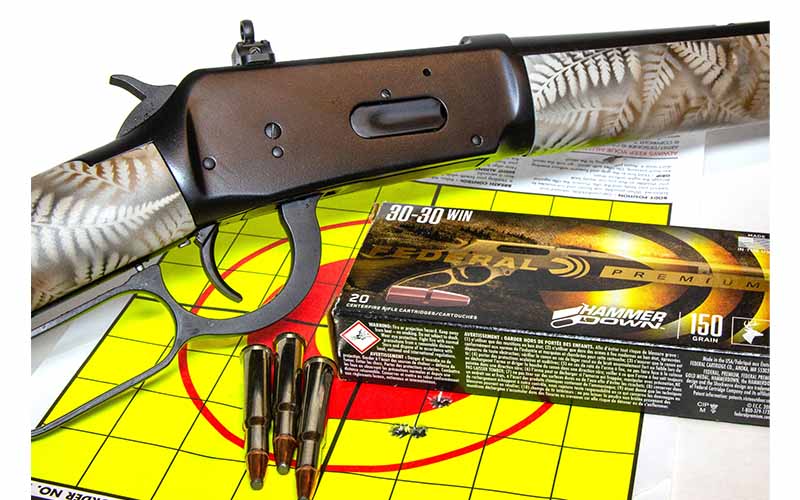
Giving New Life
Today, you can buy a new Winchester Model 1894, and they’re fine rifles, but aren’t made in America. You could argue that one of the new 94s isn’t a “classic,” but I think it’s settled science that an American-made 94 is.
I’ve owned a couple 94s over the years but mostly preferred its Marlin competitor, the 336. However, the 94 is a trimmer and lighter rifle. And, too, it’s one classic that any real, red-blooded American should own. I have a massive stock of .30-30 ammunition and, with all the pandemic stupidness, thought I ought to have a working-grade 94 to go with all those bullets.
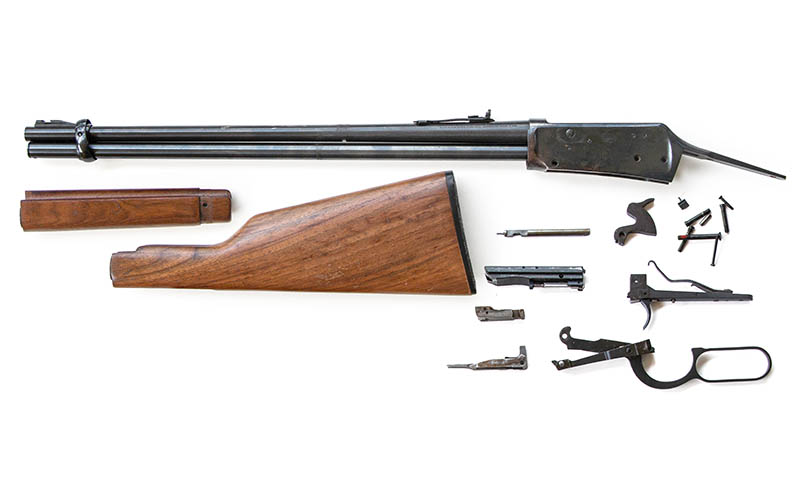
I picked up a 1976, 94 for $500, which is about the going price for a well-used Winchester of this vintage. After toying with the gun, I decided I couldn’t live with it the way it was. I liked it and wanted to shoot it, but felt it needed some tweaking.
Now some would claim a classic like this ought to be left alone. I guess there’s some validity to that opinion. I’ve written about my father’s old Model 12 Winchester in these pages before, and about how I almost had it reworked to its original glory by Tyler Gun Works. However, the nicks, gouges and worn bluing on that shotgun were made by my father’s hands, and I just didn’t want to hide all that character.
With my 94, there was no personal connection to the rough handling or abuse it had received. Yeah, it’s a classic rifle, but of no sentimental value to me and, at best, even with gun prices the way they’re now, a $600 gun.

So, I figured I could invest a few dollars and not only make my 94 more user-friendly, but also make it better looking and better outfitted for shooting, while at the same time doubling its current value. The first thing it needed was bead blasting and refinishing. For that, I chose gunsmith Jerry Dove at Dove’s Custom Guns. Dove is a master with lever guns—Marlin and Winchester—and I refer to him as my “personal gunsmith.” Not because that’s what he is, but because it sounds really cool to say you have a “personal gunsmith.”
This is a good place to add that every gun guy needs a personal or regular gunsmith, just like they need a doctor. I visit Dove more frequently than I do a doctor. He improves my guns and keeps them healthy. Also, with a gunsmith you use on a regular basis, you’ll get preferential treatment; gunsmiths like good customers. If you don’t have a good gunsmith who can handle the gun work you need and have them on speed dial, get one.
While Dove was refinishing my 94, I ordered a set of XS Sights ($104) for the rifle. I wanted an aperture sight because they’re faster than the stock, blade rear and bead front sights that come standard on 94s, and because my older eyes see them better. Just a note on installing XS Sights on a Winchester 94: This is a tedious job because the receiver must be drilled, and if it’s not done perfectly, you can weaken or punch through the side of the receiver. Don’t try this at home; get a talented gunsmith to do that work.
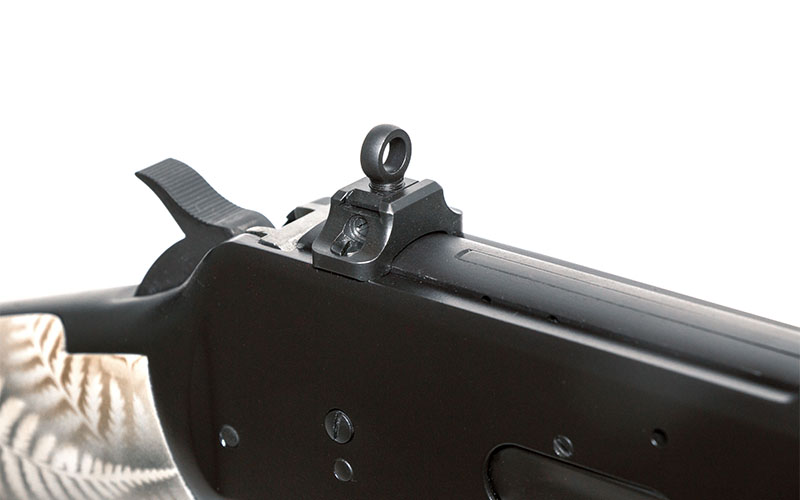
The stock on the rifle was a bit rough and I thought if I’m going to have the steel refinished, I might as well make the stock look good too. I started to refinish the stock but decided on a replacement stock from Boyds. I ordered one of their laminated stocks and opted for the stippling on the forend. As an important point, the stock is the weak link on this firearm. It’s not uncommon for them to crack, splinter, or break at the wrist. This makes the laminated Boyds stock a more rugged option, especially for a hard-use gun like I was building.
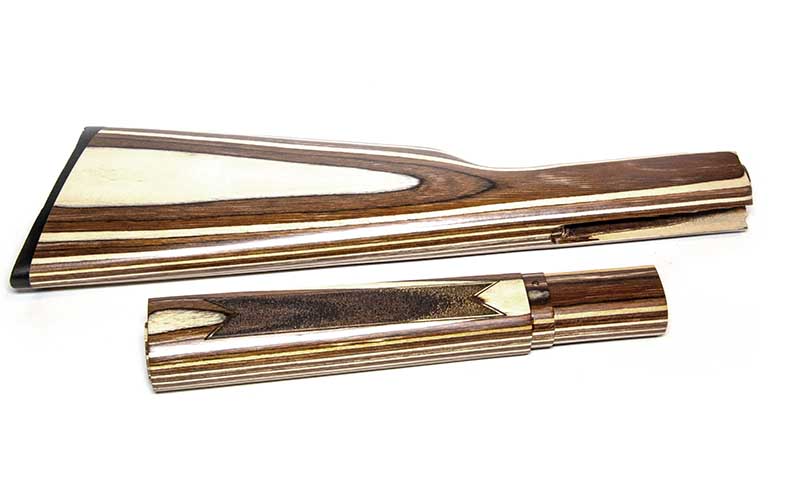
However, I was telling my friend Melvin Forbes of New Ultra Light Arms about my project, and he offered to paint the original stock to match a rifle he’d built for me. Now, this isn’t a service he offers; I got the friend favor. Still, painting a wood stock is something you can do on your own, and your imagination is the limit.
The final tweak the rifle needed was some mechanism to hold either the initial load or additional ammunition on the stock. This is a critical accessory for most any rifle, especially lever guns. It allows you to store them unloaded in a handy location and not have to look for a box of ammo if you need the rifle in a hurry.
Lace-on leather butt-cuffs are the traditional way to make this happen. Though they look classy, they’re expensive. The simplest and best solution I’ve found is a Versacarry Ammo Caddy ($69.99.) With it, the leather ammo holder is held in place by industrial strength Velcro that adheres to the stock via a super sticky adhesive pad that won’t damage the finish of your stock.
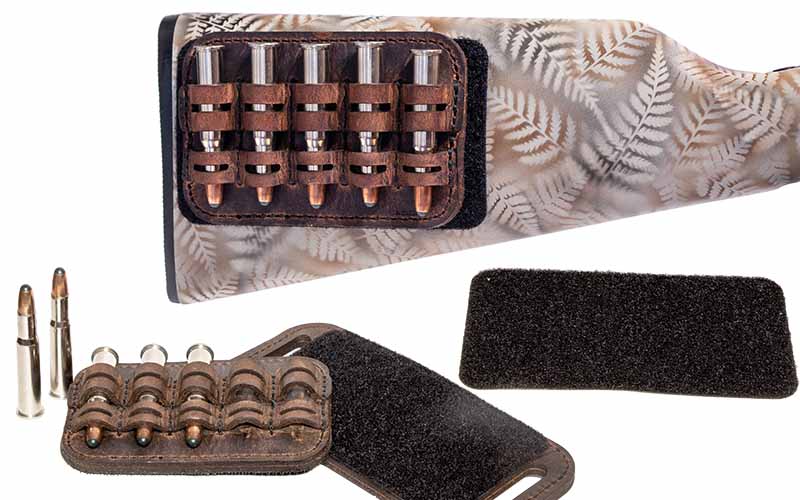
Still … Should You?
I think the rifle turned out nice. It now has a Cerakote finish on all metal parts. If you’re refinishing a gun that’s to be used and that has no real collector value, Cerakote is a better choice than bluing—with it comes endless color options and corrosion protection.
The XS Sights are superior to the factory sights, and the stock not only matches another custom rifle I own, but it also gives a modernized good look to this old-timer. If my mood changes, I can always install the Boyd’s stock. Realistically, it’s more likely that as much as I enjoyed this project, when I find a good deal on another 94 that’s where the Boyd’s stock will go.
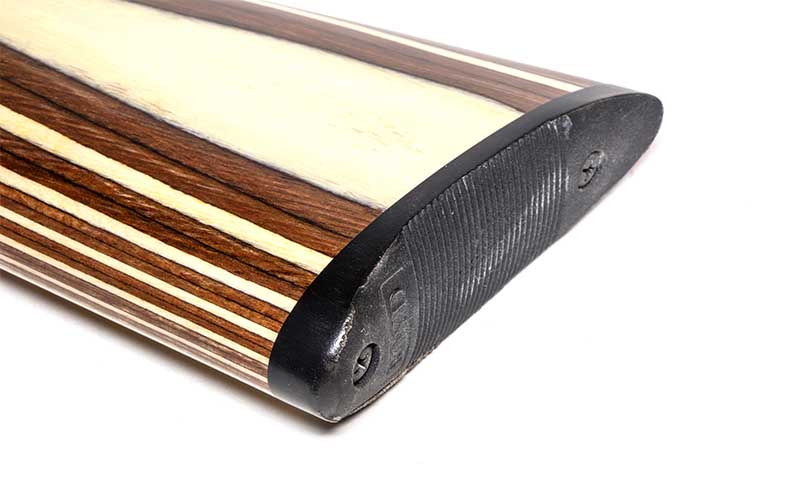
So, should you upgrade a classic? The answer is a firm: It depends. Had this been my father’s or grandfather’s rifle, or a rare or mint condition 94, I’d have left it alone. But while this rifle is undeniably a classic in terms of its manufacturer and model designation, it’s as common as post hole diggers or double-bladed axes, at least here in West Virginia. My upgrades only made this rifle better in terms of practical application and value; it’s at least worth double what I paid for it.
If you have any question about upgrading a classic or any gun for that matter, seek some professional advice; you’d hate to ruin a rarity. This is another advantage of having a personal gunsmith on call. They’ll tell you what the gun you have is worth and if your intended modifications will decrease or increase its value. Regarding sentiment, that’s a question only you can answer.
What would it cost you to create a similar-looking lever gun on the Winchester 94 platform? Dove’s charges $225 for a full Cerakote job on a lever gun. It’s worth every penny because he does such excellent work. All told, including the purchase price, I have about a grand in my rifle. It’s now a one-of-a-kind, and a rifle I can proudly show. I’ve already had on offer to buy it for more than I have in it. It shoots pretty damn good too.
Editor's Note: This article originally appeared in the December 2021 issue of Gun Digest the Magazine.
More On Gun Upgrades:
- Scoping Lever-Action Rifles
- Top AR-15 Upgrades
- Best Glock Upgrades
- Modding The Ruger 10/22 Rifles
- Precision Rifle Upgrades

Next Step: Get your FREE Printable Target Pack
Enhance your shooting precision with our 62 MOA Targets, perfect for rifles and handguns. Crafted in collaboration with Storm Tactical for accuracy and versatility.
Subscribe to the Gun Digest email newsletter and get your downloadable target pack sent straight to your inbox. Stay updated with the latest firearms info in the industry.

![Best Concealed Carry Guns In 2025 [Field Tested] Wilson Combat EDC X9S 1](https://gundigest.com/wp-content/uploads/Wilson-Combat-EDC-X9S-1-324x160.jpg)


![Best 9mm Carbine: Affordable PCCs [Tested] Ruger Carbine Shooting](https://gundigest.com/wp-content/uploads/Ruger-Carbine-Shooting-100x70.jpg)
![Best AR-15: Top Options Available Today [Field Tested] Harrington and Richardson PSA XM177E2 feature](https://gundigest.com/wp-content/uploads/Harrington-and-Richardson-PSA-XM177E2-feature-100x70.jpg)

Disgusting. You took all the character out of the gun. Why didn’t you write “bro” on the stock?
that looks absolutely awful though lmao
My “upgrades” to my old .308 SAVAGE 99 lever gun includes a new barrel with octagonal flats and RE-chambered in 6.5 Creedmoor (using the .308 magazine,natch. Also new custom stock fromWieneg with a classic cheekpiece will be added.
These are more than “add-on” upgrades and will greatly enhance that rifle’s range, accuracy and appearance.
Seems to me that the ultimate decision of upgrading or not is up to the owner AND what the intended use is. Display with all of the historical and family connections vice being a usable firearm. No way can anyone but the owner make that choice.